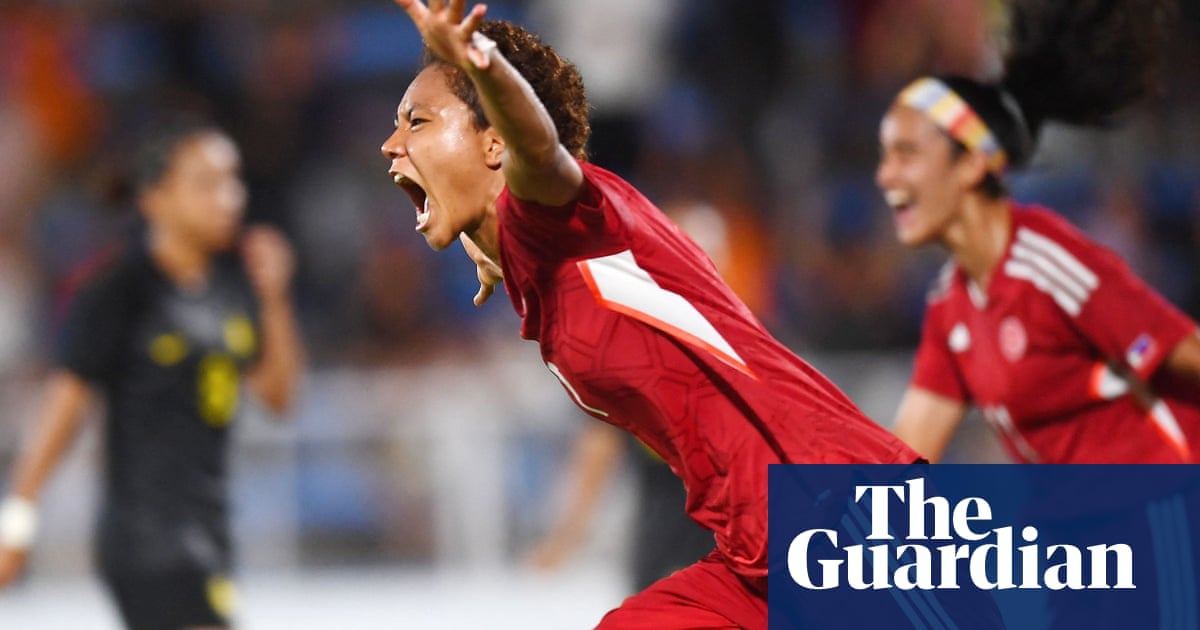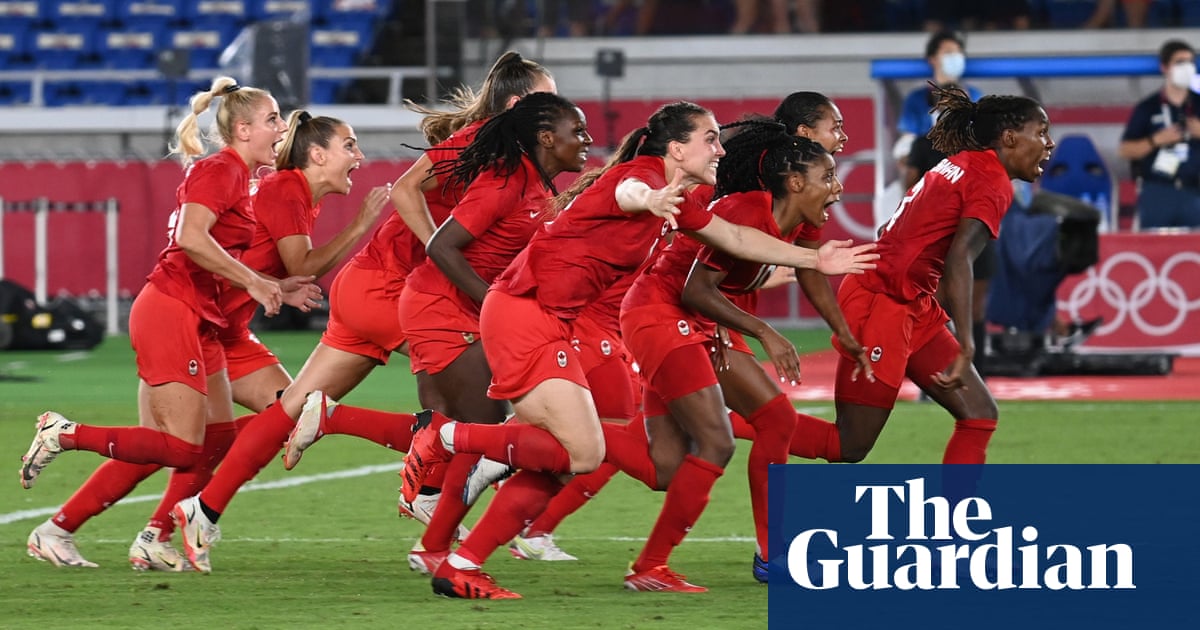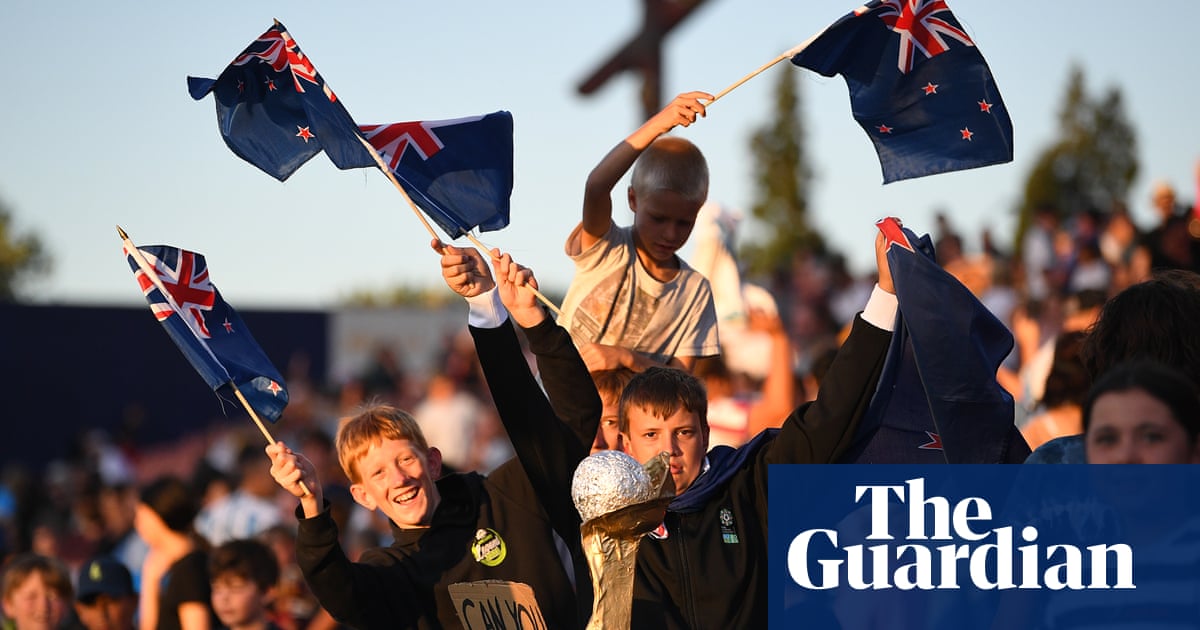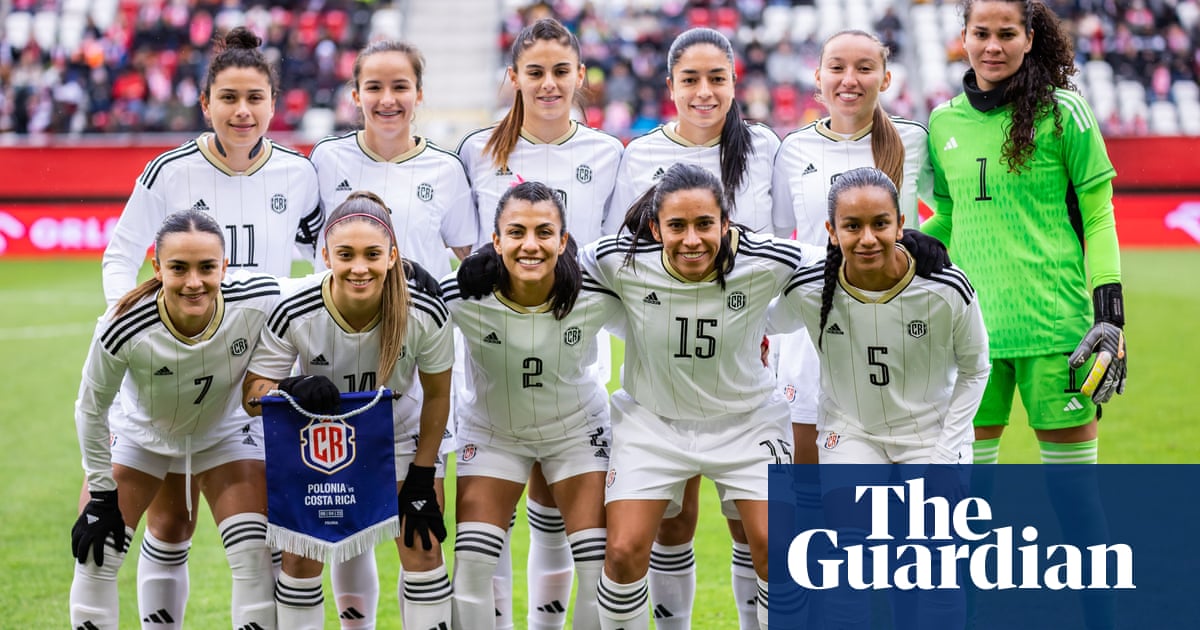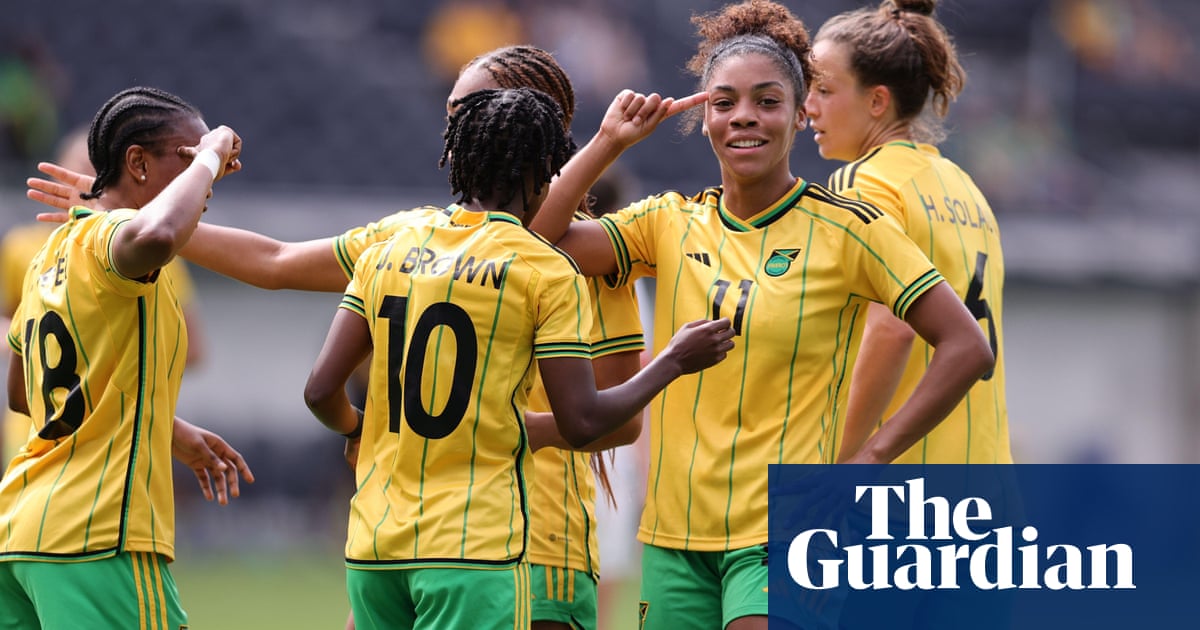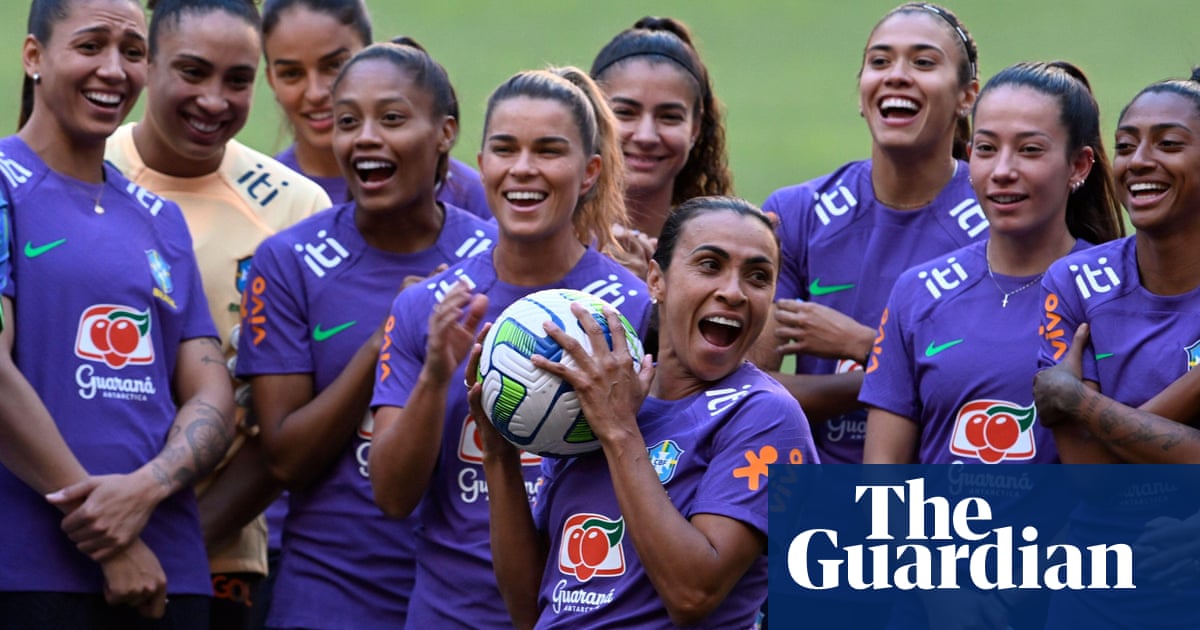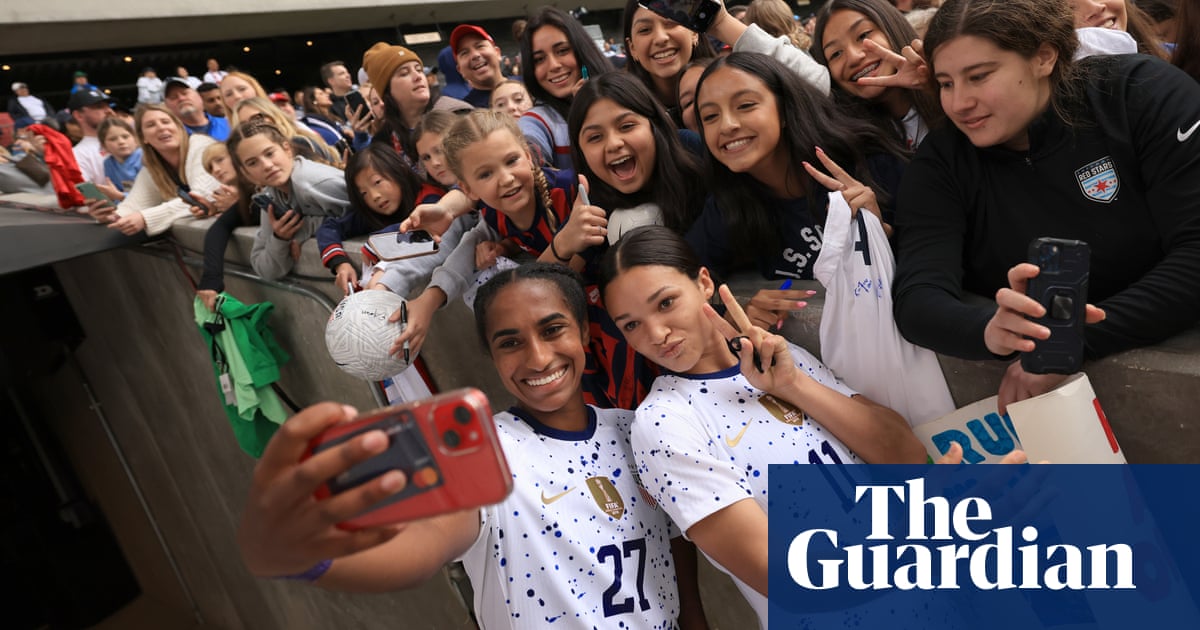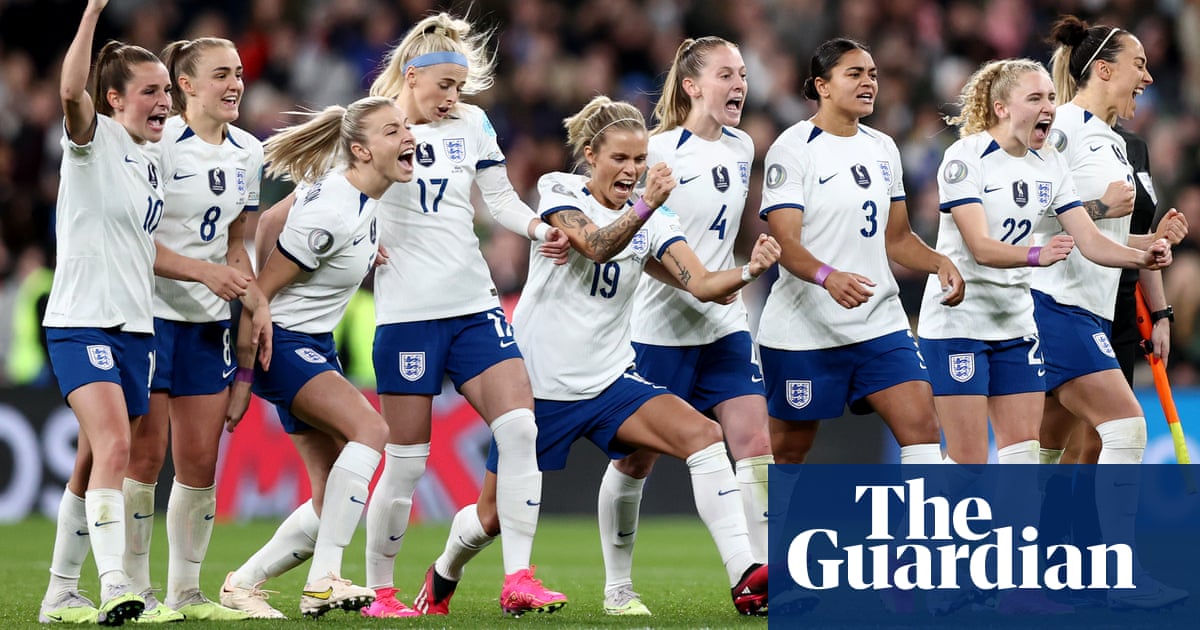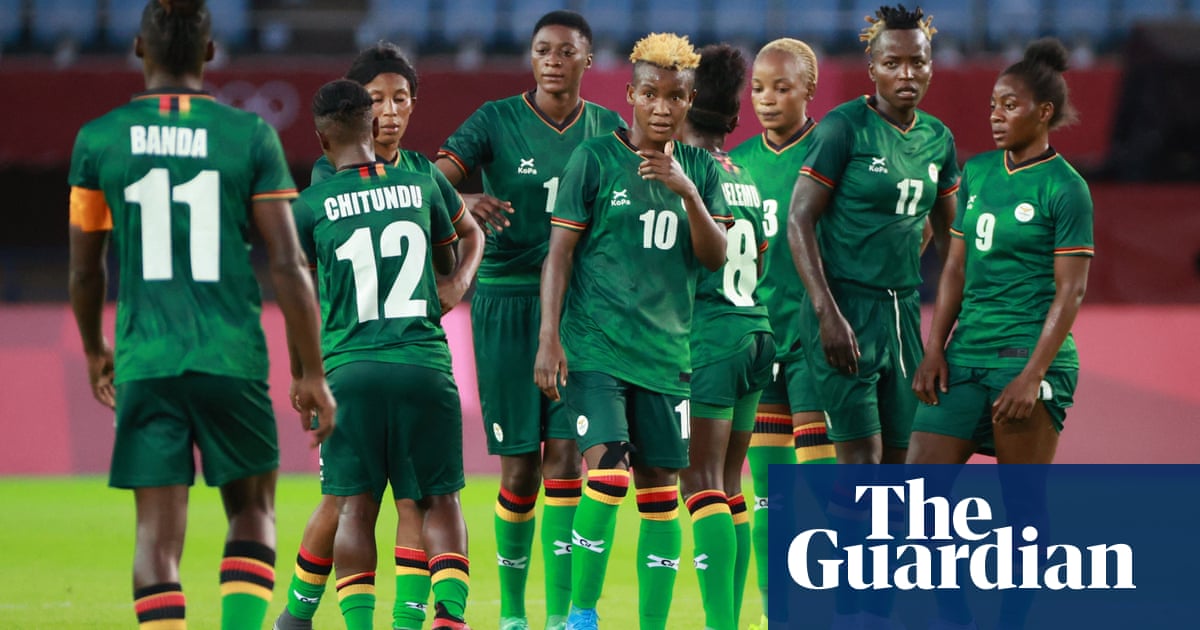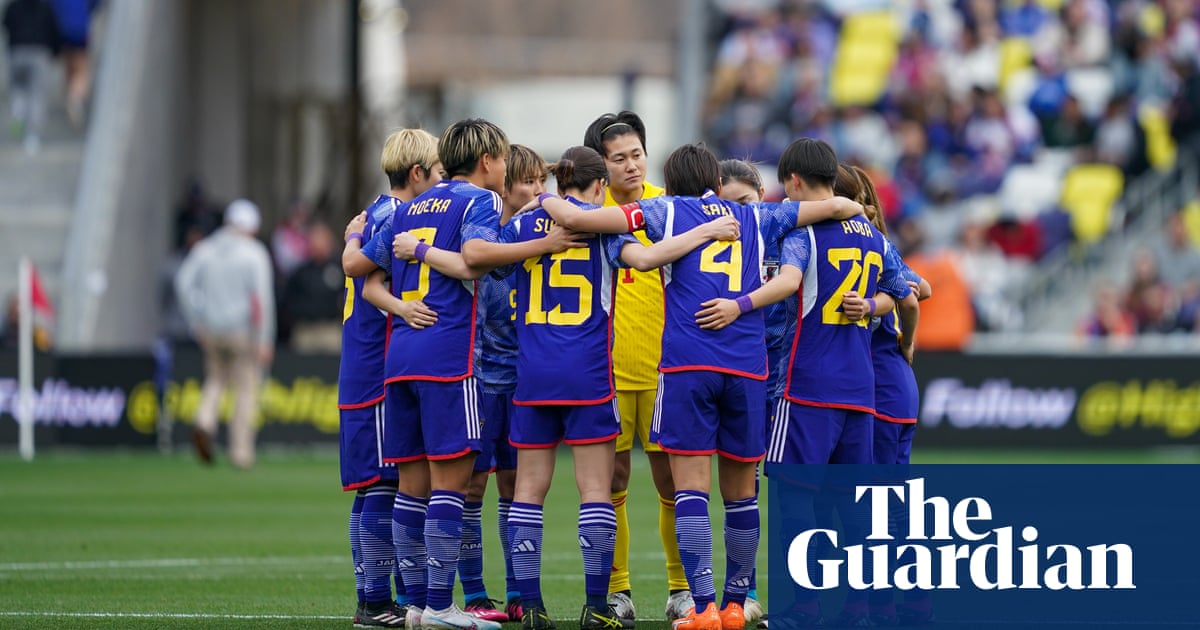
This article is part of the Guardian’s Women’s World Cup 2023 Experts’ Network, a cooperation between some of the best media organisations from the 32 countries who qualified. theguardian.com is running previews from two countries each day in the run-up to the tournament kicking off on 20 July.
Overview
The Nadeshiko, Japan women’s national team, had a magnificent start to the 2010s, being crowned champions at the 2011 World Cup in Germany, earning a silver medal at the London Olympics in 2012, before a runners-up finish at the 2015 World Cup in Canada. However, the reality is that the current generation has not yet lived up to the heightened expectations, with elimination from the last 16 in the 2019 World Cup and a quarter-final exit at their home Olympics two years ago.
The Portland Thorns midfielder Hina Sugita, however, recently spoke of the sense of urgency among her teammates. “We were very disappointed not to progress further in the past. If we don’t dig in our nails now, it’s only going to get tougher for women’s football in this country,” she said. The current coach, Futoshi Ikeda, took over in October 2021 with the task of giving the team a new start towards reclaiming that title of world champions. This World Cup will be Japan’s first global competition since he took over.
This year’s team feature many players who have performed well at age-category World Cups in the past, and as a collective are improving with each passing match. The defender Moeka Minami said: “We want to use this World Cup as an opportunity to reinvigorate women’s football in Japan.”
One of the team’s key players, Yui Hasegawa, has a sparkle in her eyes when talking about the World Cup. “Results now are everything when we think of the future for women’s football in Japan. I’m looking forward to showing how much of a difference I can make individually,” said the Manchester City midfielder. “Succeeding at the World Cup is now our immediate objective. I want us to express our qualities as Japanese on the pitch.”
The team’s performances at this World Cup will have a major impact on public enthusiasm for women’s football in Japan going forward. Ikeda certainly piqued interest in the tournament by leaving out star player Mana Iwabuchi from the squad. “Iwabuchi is a player who has done a lot to drive this team forward but I am choosing 23 players for this specific time and there is no one reason for my choices,” Ikeda said. “It’s about form, fitness, the state of the team and what we need in certain situations.”
The coach
The coach who led Japan to glory at the Under-20 Women’s World Cup in 2018, Futoshi Ikeda has chosen several of his former players for the senior national team this year. His professional playing career as a defender lasted four years, all spent with Urawa Reds, while as a manager he is known for his cheery personality and passionate leadership. The players have bestowed upon him the nickname Atsuo, meaning “fiery man”, and they are strongly supportive of their manager. The striker Mina Tanaka said: “He always finds the right words to send us on to the pitch full of bravery and confidence.”
Star player
At the age of 29, Mina Tanaka is the oldest forward in the squad, and her 24 goals make her the highest scorer too. She has developed into an experienced striker and has finished top scorer of the Japanese domestic league four times. Her ability to perform when it counts has been evident ever since her full international debut in 2013, when she scored against Germany. Tanaka is capable of unleashing powerful shots with either foot, can break behind defensive lines and is physically strong enough to hold up play.
Rising star
Aoba Fujino. An exciting new face recently named as one of five rising stars in Japan’s WE League. But Fujino is self-critical: “I’m happy to get such a great honour, but I’m not there yet. I want to develop into the sort of player worthy of such acclaim.” The 19-year-old was only called into the full national squad for the first time last year, but she is already a massive presence in the side and is prepared for this World Cup. “Being young is no excuse when you’re out on the pitch. I want to compete and show my best on the world stage.”
Did you know?
Riko Ueki absolutely loves manga. The striker has a social media account dedicated solely to it, where she streams live video with a manga theme. Her walls at home are covered in manga pictures, and she has a collection of more than 1,000 volumes on her shelves. She always reads manga on her way to matches.
Standing of women’s football in Japan
The environment for women’s football has changed significantly since the national team won the World Cup in 2011. More girls have taken up football and it is now one of the most popular sports for women in Japan. The first fully professional league, the WE League, was launched in 2021-22 and has now completed its second season. All matches are shown live on the streaming service Dazn but, with viewing figures still relatively limited, performances at this World Cup will be key to its future popularity.
Realistic aim at the World Cup?
Japan are of course aiming to become world champions, but the first goal is to reach the quarter-finals after failure to do so in 2019. In Group C Japan face Zambia, Costa Rica then a difficult test against Spain. The team are still developing and Japan should be able to grow into title contenders through the tournament.




